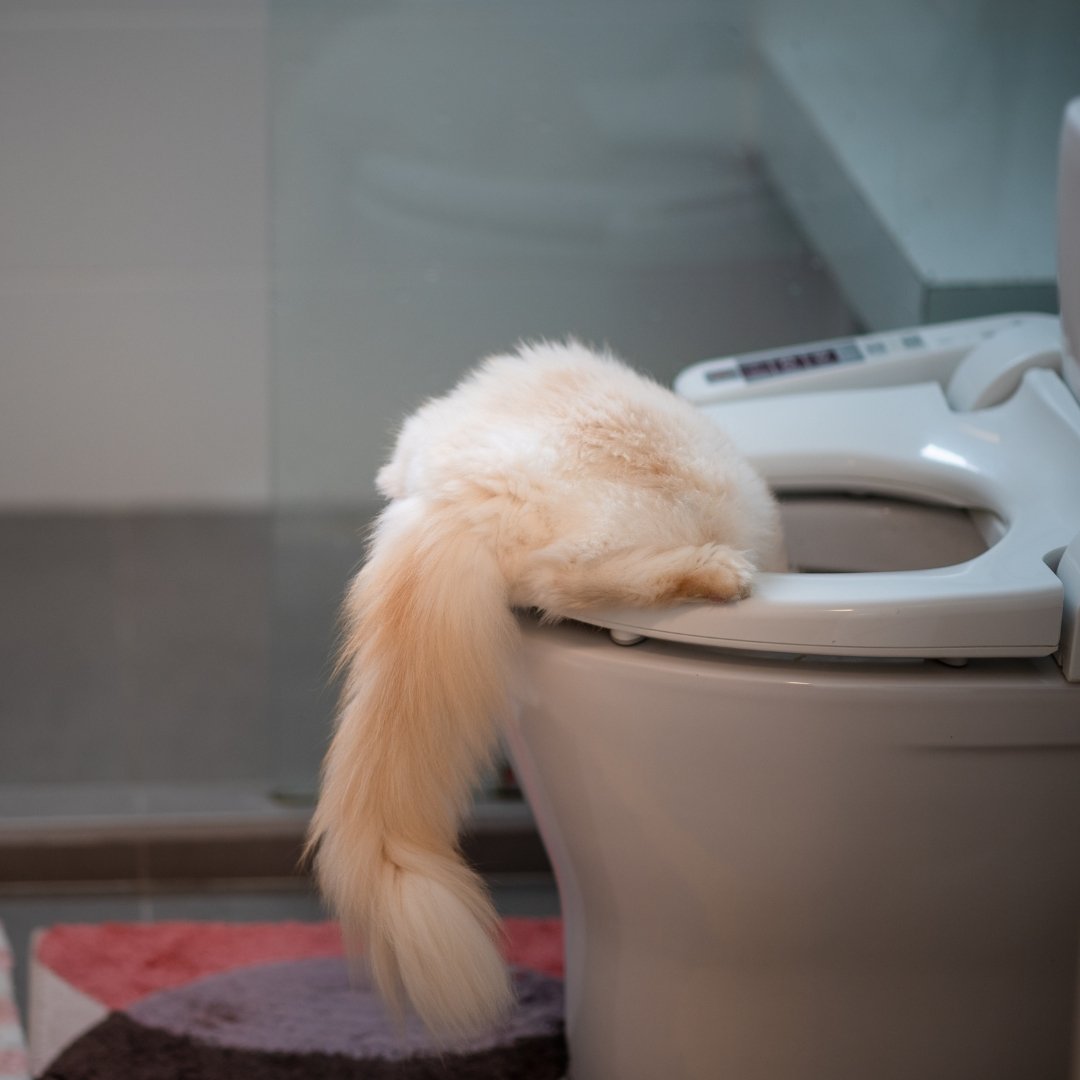Which Flushing Animal Waste Is Not Advisable
Which Flushing Animal Waste Is Not Advisable
Blog Article
They are making several good pointers related to 4 Reasons Why Dog Poop Cleanup is Important as a whole in the content in the next paragraphs.

When it comes to getting rid of waste, specifically animal waste, many people commonly consider the hassle-free alternative of flushing it down the toilet. Nonetheless, this relatively very easy solution can have serious effects for the setting and public health. In this article, we'll discover why flushing animal waste down the commode is a poor idea and provide alternate methods for correct disposal.
Introduction
Proper garbage disposal is critical for maintaining environmental sustainability and public health. While it might appear safe to flush animal waste down the toilet, it can lead to various concerns, both for the setting and human wellness.
Risks of flushing pet waste
Ecological influence
Purging animal waste introduces damaging germs and microorganisms into rivers, which can adversely impact marine communities. These pathogens can contaminate water resources and injury aquatic life, disrupting fragile ecosystems.
Public health worries
Animal waste includes harmful germs such as E. coli and Salmonella, which can pose significant health dangers to human beings. Flushing pet waste down the bathroom can infect water materials, resulting in the spread of diseases and infections.
Alternatives to flushing
As opposed to flushing animal waste down the bathroom, there are a number of different disposal approaches that are much more eco-friendly and hygienic.
Composting
Composting animal waste is an eco-friendly way to get rid of it. By composting, organic matter is broken down right into nutrient-rich dirt, which can be utilized to feed yards and plants.
Land fill disposal
Taking care of animal waste in a garbage dump is one more choice. While not as eco-friendly as composting, it is a much safer option to flushing, as it stops the contamination of water resources.
Pet garbage disposal systems
There are specific pet garbage disposal systems available that safely and hygienically deal with pet waste. These systems frequently utilize enzymes to break down waste and eliminate smells.
Steps to proper pet garbage disposal
To make certain proper disposal of pet waste, follow these actions:
Scooping and bagging waste
On a regular get more info basis scoop and bag pet waste making use of biodegradable bags. This avoids waste from infecting the setting.
Utilizing marked waste containers
Dispose of bagged pet waste in assigned waste containers, such as garden compost containers or landfill bins. Avoid flushing it down the toilet at all expenses.
Cleansing can and pet locations routinely
Consistently clean can and pet locations to stop the accumulation of waste and bacteria. Use pet-safe cleansing products to keep health.
Advantages of correct disposal approaches
Taking on proper disposal approaches for pet waste offers a number of advantages:
Minimized environmental pollution
Appropriate disposal approaches decrease the risk of environmental pollution, shielding rivers and environments from contamination
Decreased risk of water contamination.
By preventing flushing pet waste down the bathroom, the threat of water contamination is substantially reduced, guarding public health.
Enhanced hygiene and hygiene
Appropriate disposal techniques advertise much better hygiene and hygiene, producing a much safer atmosphere for both people and pets.
Conclusion
To conclude, purging animal waste down the bathroom is harmful to the setting and public health. By taking on alternative disposal methods and adhering to appropriate waste management methods, we can reduce the adverse effect of pet waste and contribute to a cleaner, much healthier world.
What To Do With Dog Poo – The Do's And Don'ts Of Disposing Of Faeces
Dog poo bins
Some councils provide dedicated dog waste bins in popular dog-walking areas that can take dog poo that has been bagged but you can legally dispose of dog waste in any public litter bin, as long as it is securely bagged. This also applies to your wheelie bin at home.
Do not flush
Water companies do not recommend flushing dog faeces down the toilet because certain parasites can survive the water processing treatment and are potentially harmful to humans. You should also never consider flushing dog poo that has been bagged down the toilet as the bags will not break down and instead create severe blockages in the sewage system.
In the woods
The Forestry Commission promotes a ‘stick and flick’ method for dealing with waste in the woods. This means finding a stick and using it to flick any poo from off the path so that it is out of the way of other walkers. You could also bury it as long as it is not in an area where there might be livestock.
Livestock
Parasites found in dog poo can be transmitted to livestock if they inadvertently eat infected faeces that has been left on grazing land. This could result in the death of sheep or abortion in cattle so you should always make sure you pick up your dog’s waste in fields where livestock could be present.

Consistently clean can and pet locations to stop the accumulation of waste and bacteria. Use pet-safe cleansing products to keep health.
Advantages of correct disposal approaches
Taking on proper disposal approaches for pet waste offers a number of advantages:
Minimized environmental pollution
Appropriate disposal approaches decrease the risk of environmental pollution, shielding rivers and environments from contamination
Decreased risk of water contamination.
By preventing flushing pet waste down the bathroom, the threat of water contamination is substantially reduced, guarding public health.
Enhanced hygiene and hygiene
Appropriate disposal techniques advertise much better hygiene and hygiene, producing a much safer atmosphere for both people and pets.
Conclusion
To conclude, purging animal waste down the bathroom is harmful to the setting and public health. By taking on alternative disposal methods and adhering to appropriate waste management methods, we can reduce the adverse effect of pet waste and contribute to a cleaner, much healthier world.
What To Do With Dog Poo – The Do's And Don'ts Of Disposing Of Faeces
Dog poo bins
Some councils provide dedicated dog waste bins in popular dog-walking areas that can take dog poo that has been bagged but you can legally dispose of dog waste in any public litter bin, as long as it is securely bagged. This also applies to your wheelie bin at home.
Do not flush
Water companies do not recommend flushing dog faeces down the toilet because certain parasites can survive the water processing treatment and are potentially harmful to humans. You should also never consider flushing dog poo that has been bagged down the toilet as the bags will not break down and instead create severe blockages in the sewage system.
In the woods
The Forestry Commission promotes a ‘stick and flick’ method for dealing with waste in the woods. This means finding a stick and using it to flick any poo from off the path so that it is out of the way of other walkers. You could also bury it as long as it is not in an area where there might be livestock.
Livestock
Parasites found in dog poo can be transmitted to livestock if they inadvertently eat infected faeces that has been left on grazing land. This could result in the death of sheep or abortion in cattle so you should always make sure you pick up your dog’s waste in fields where livestock could be present.

Do you appreciate reading about Can You Flush Dog and Cat Poo Down the Toilet?? Try leaving a remark below. We'd be pleased to listen to your responses about this post. We hope that you come back again soon. Kindly take the time to promote this blog if you enjoyed it. I recognize the value of reading our article about Why you should never flush dog poop down the toilet.
Call Report this page